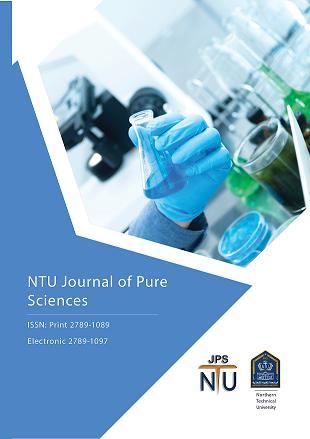The relationship of infection with Entamoeba gingivalis to the hormone cortisol and the enzyme alpha-amylase in females with gingivitis
DOI:
https://doi.org/10.56286/kzcg7239Keywords:
Entamoeba gingivalis, Cotisol hormone, ?-amylase enzyme, Lymphocyte, NeutrophilAbstract
The current study was conducted on the Entamoeba gingivalis parasite, where 81 samples were collected from females only in the form of gingival pocket swabs from visitors to the Periodontal Department of the Teaching Hospital at the College of Dentistry / University of Mosul during the period from 1/12/2019 to 12/1/2020. It was distributed among 65 samples from females with gum disease and 16 samples from healthy females without gum disease. The total infection rate with the amoeba parasite was 69.14%. It was distributed among females with gum disease, where the infection rate reached 73.84%, and among females without gum disease, which amounted to 50. %. A number of biochemical tests were conducted on people with gum disease, some of whom had high blood pressure and diabetes, and included measuring the concentration of the hormone cortisol, as well as measuring the activity of the alpha-amylase enzyme. An increase in the concentration of the hormone cortisol and a decrease in the activity of the alpha-amylase enzyme were observed in the group of females suffering from chronic gingivitis compared to the rest of the groups, as well as a decrease in the activity of the enzyme. Amylase in both the group of females with high blood pressure and diabetes compared to the control group at the probability level (p ?0.005) and an increase in the percentages of white blood cells, lymphocytes and neutrophils
Downloads
Downloads
Published
Issue
Section
License
Copyright (c) 2025 NTU Journal of Pure Sciences

This work is licensed under a Creative Commons Attribution 4.0 International License.
The journal applies the license of CC BY (a Creative Commons Attribution 4.0 International license). This license allows authors to keep ownership of the copyright of their papers. But this license permits any user to download, print out, extract, reuse, archive, and distribute the article, so long as appropriate credit is given to the authors and the source of the work. The license ensures that the article will be available as widely as possible and that the article can be included in any scientific archive. Creative Commons License This work is licensed under a Creative Commons Attribution 4.0 International License.





